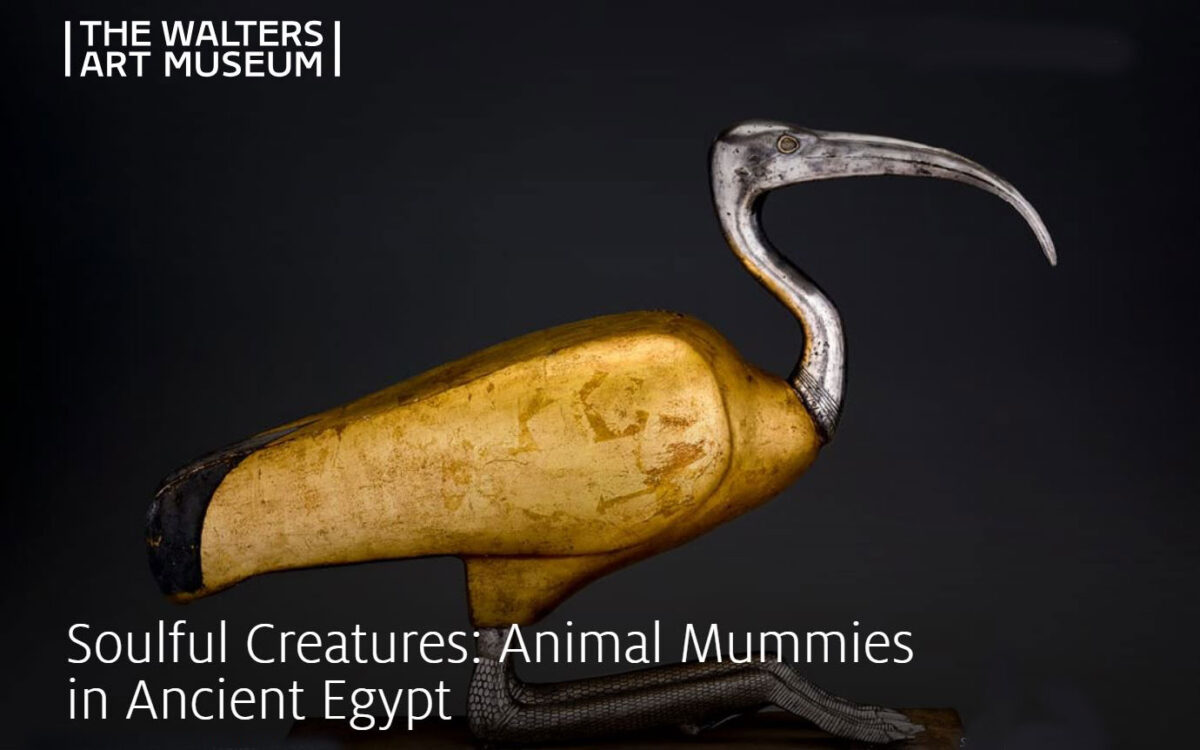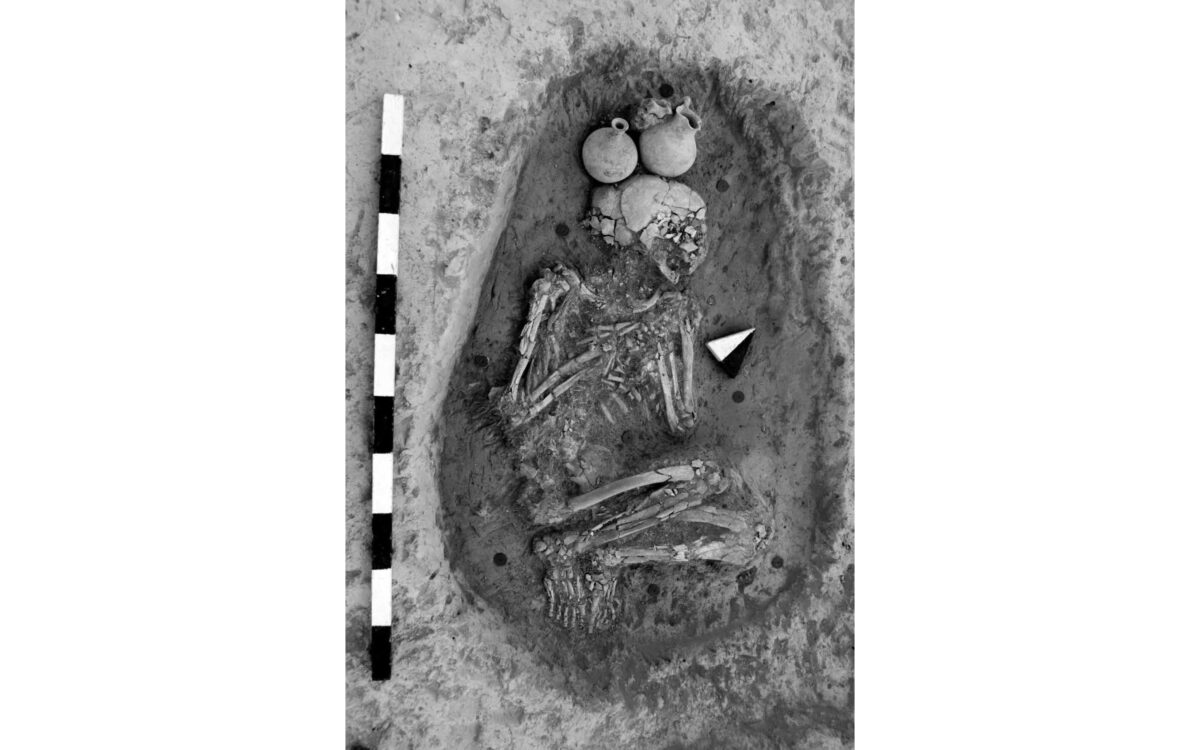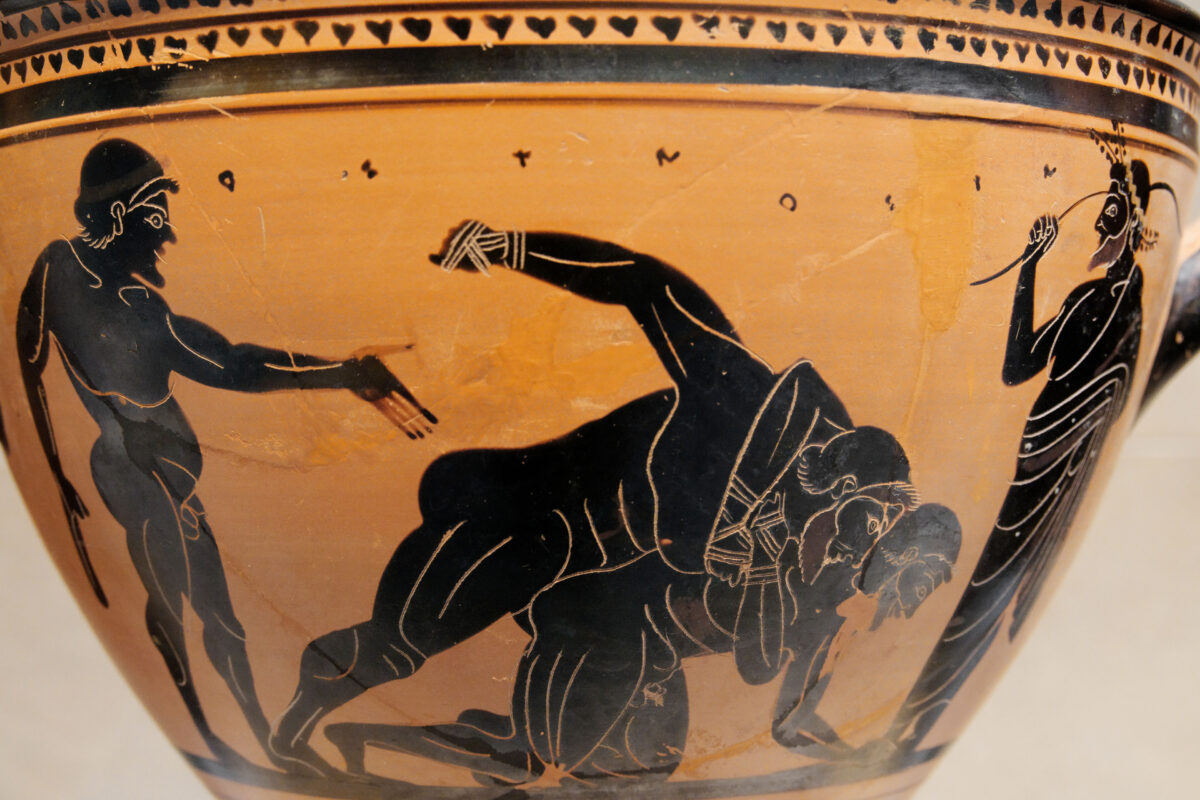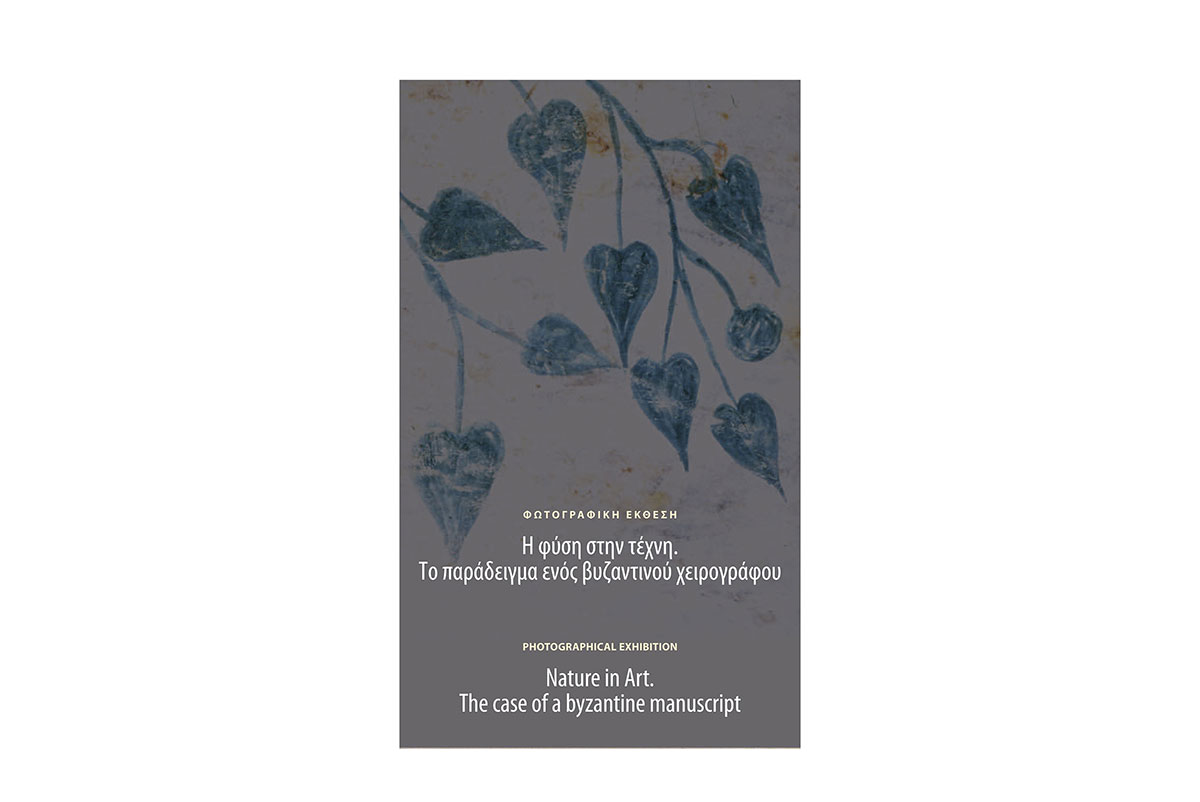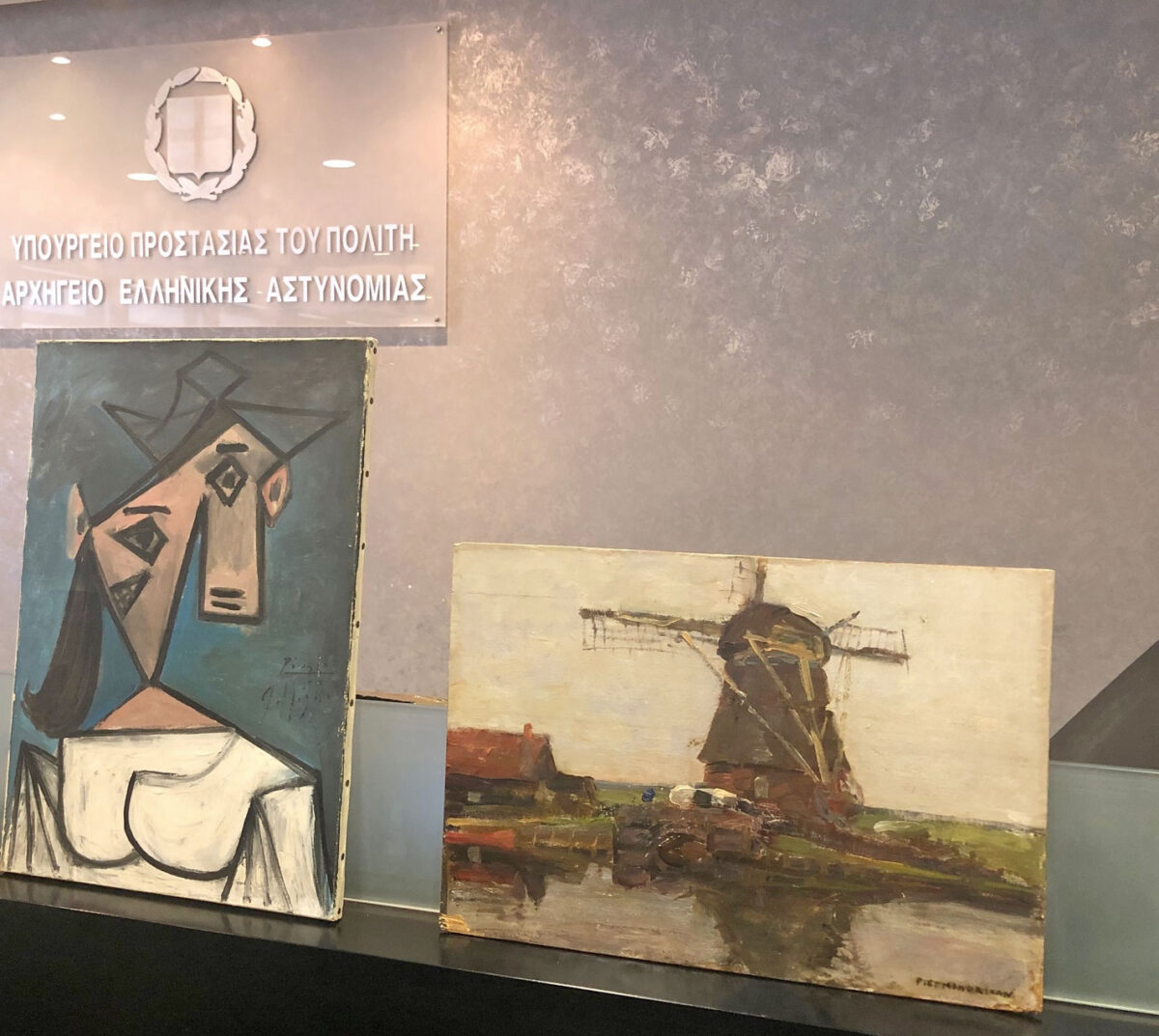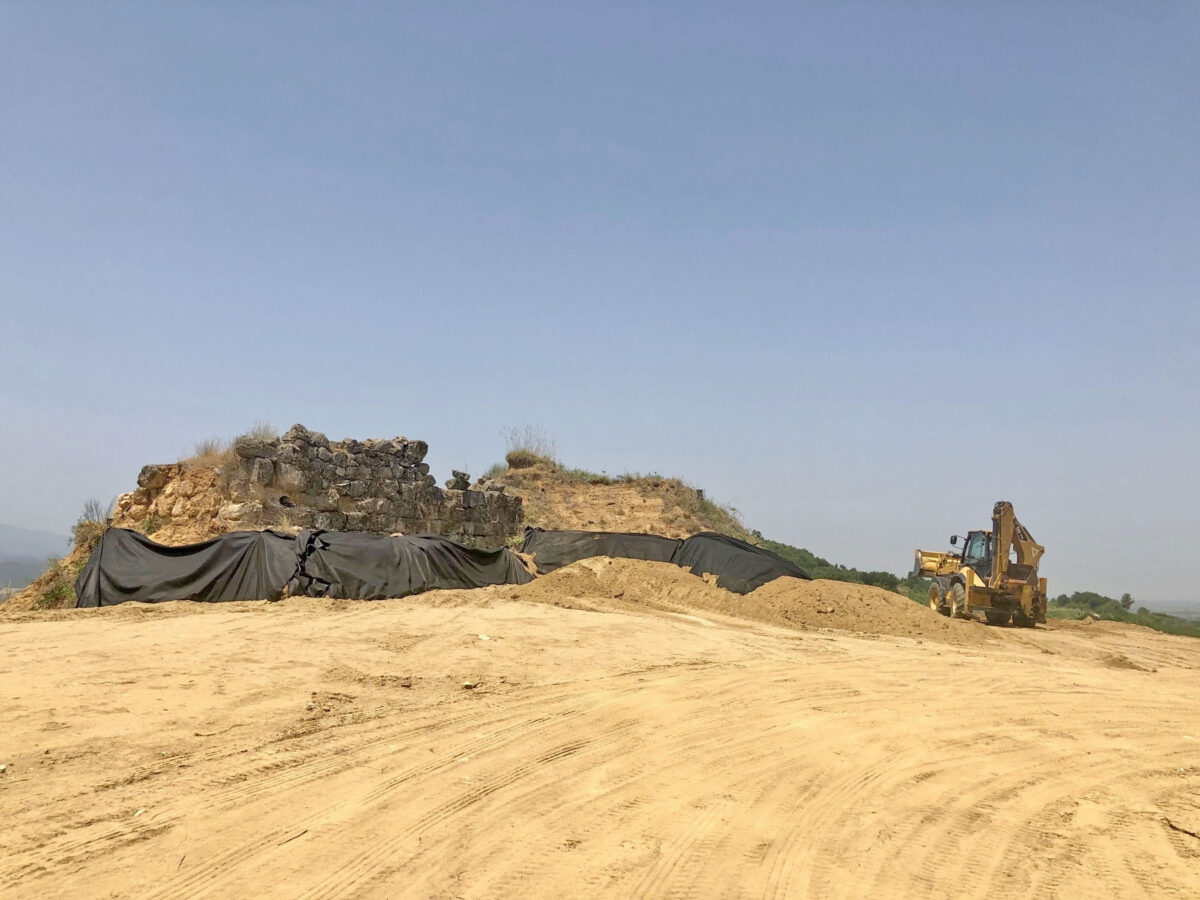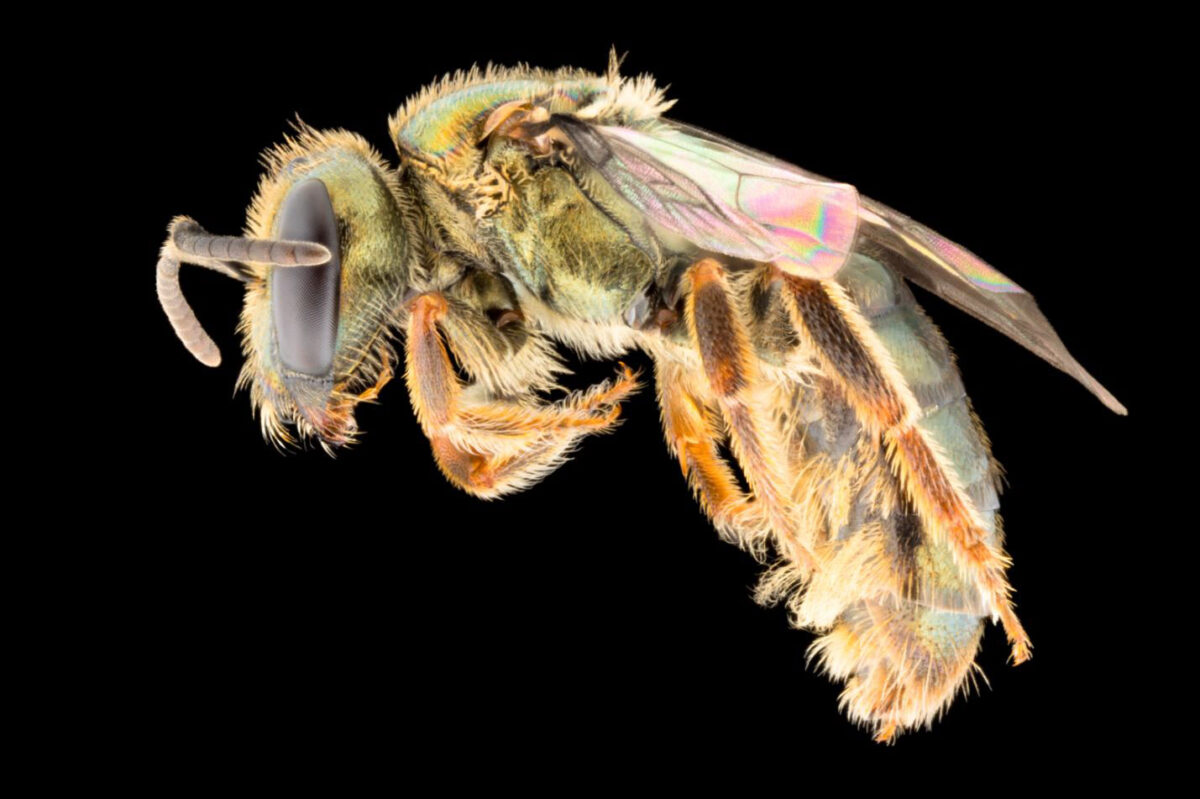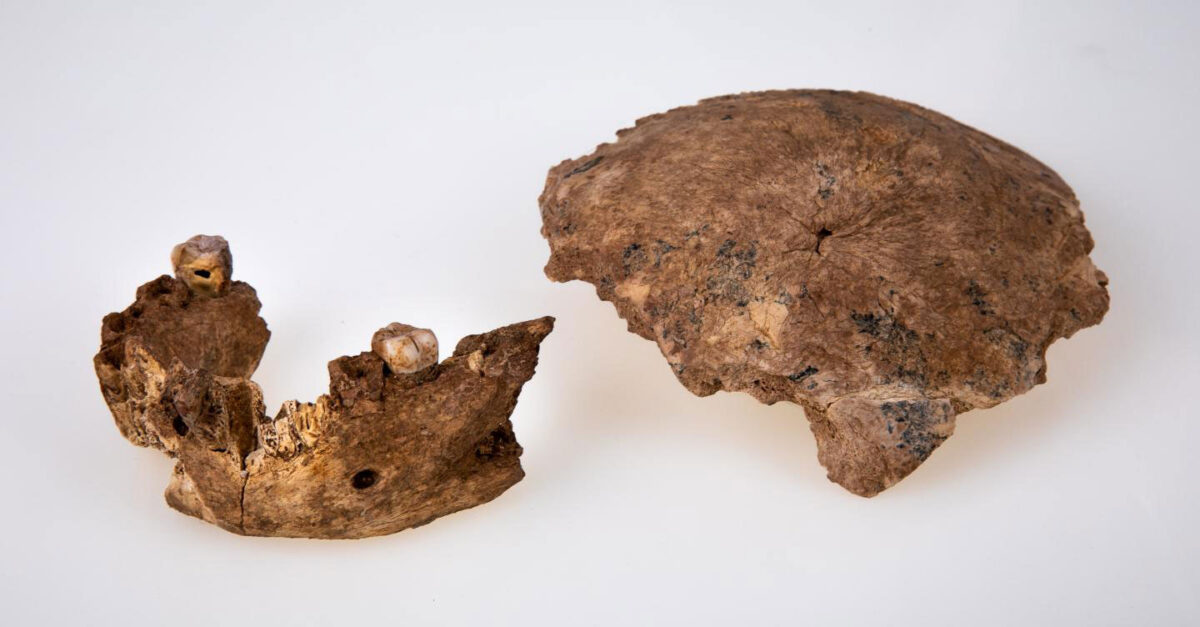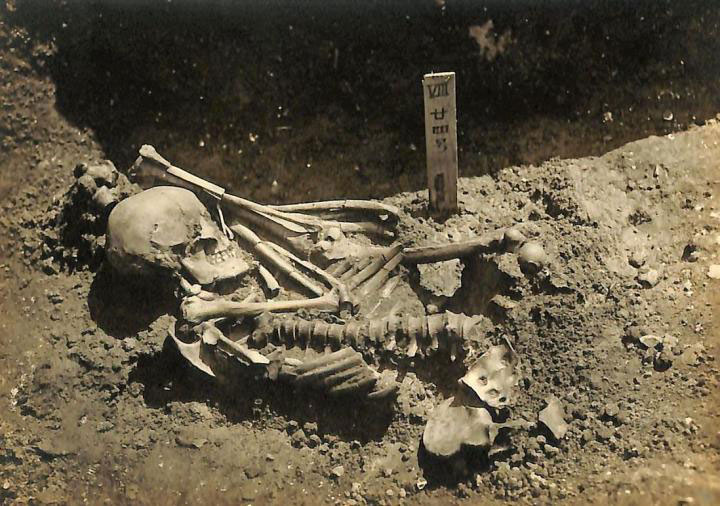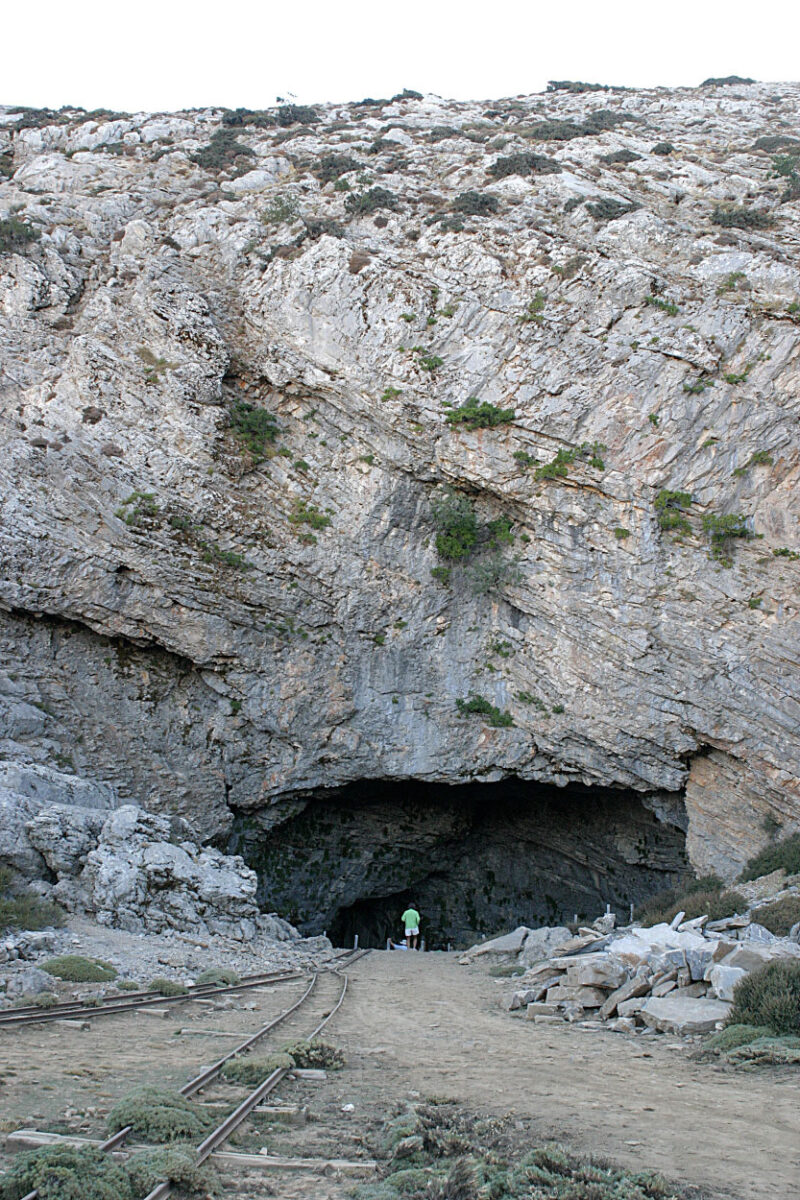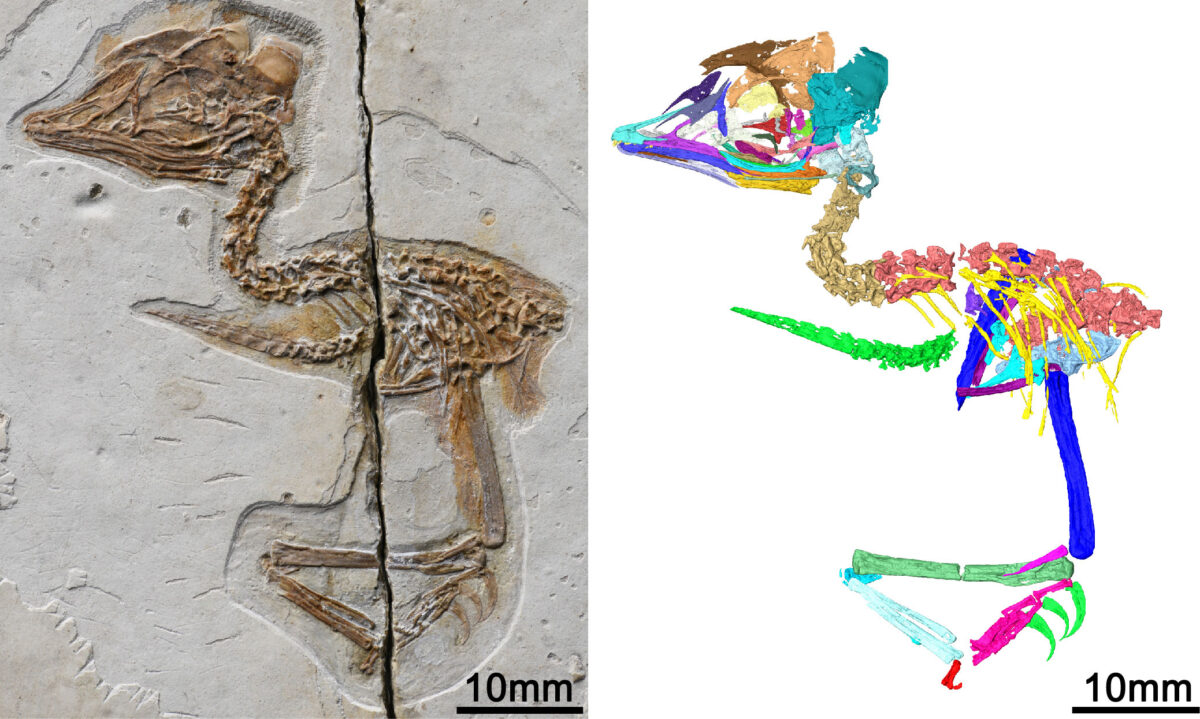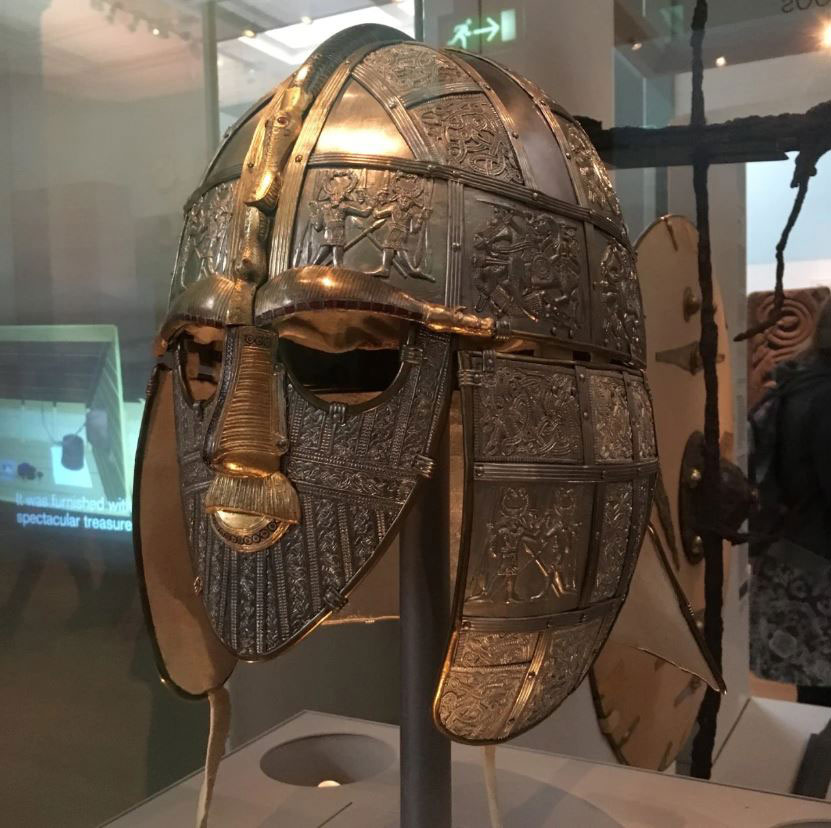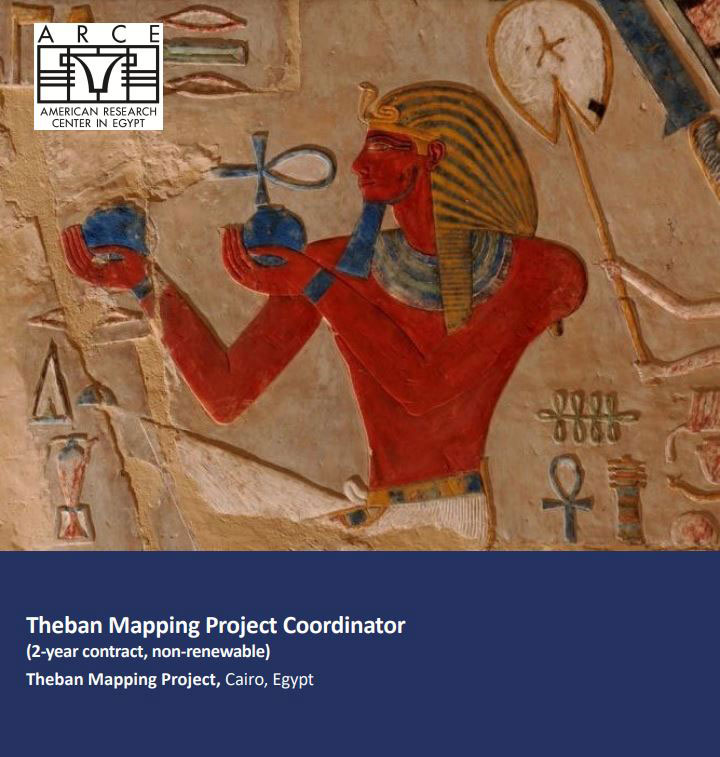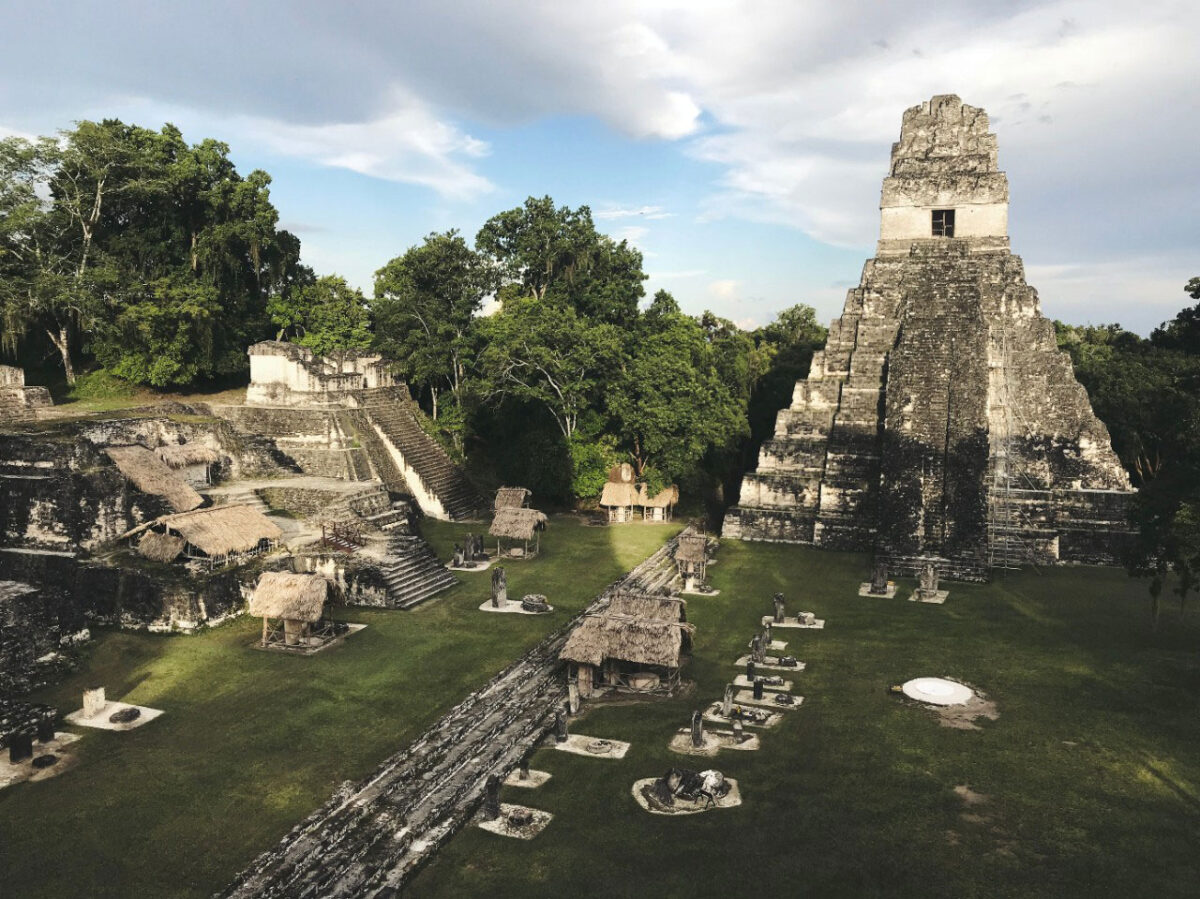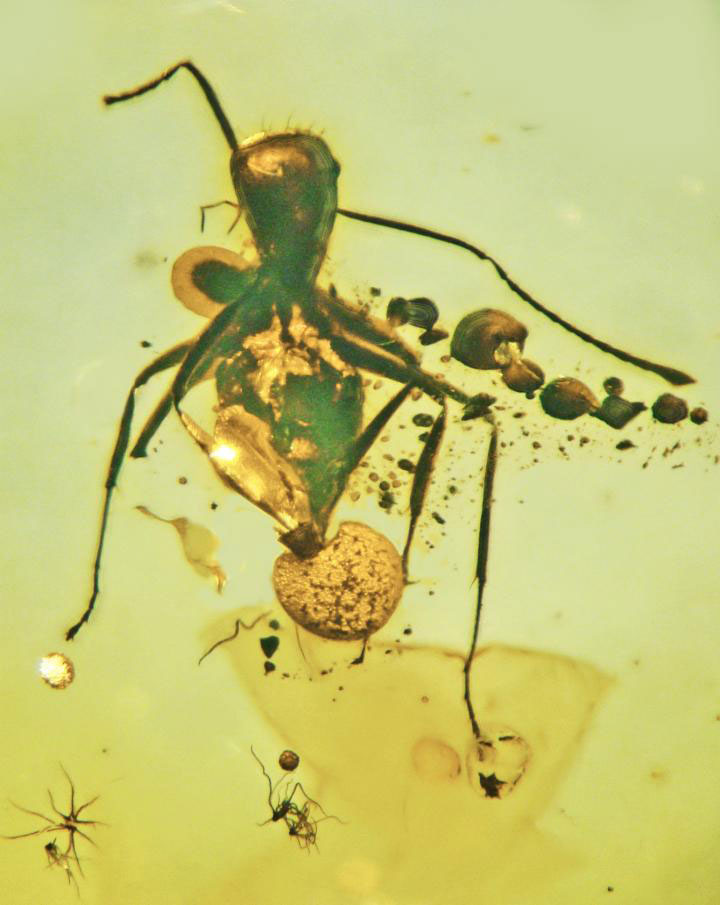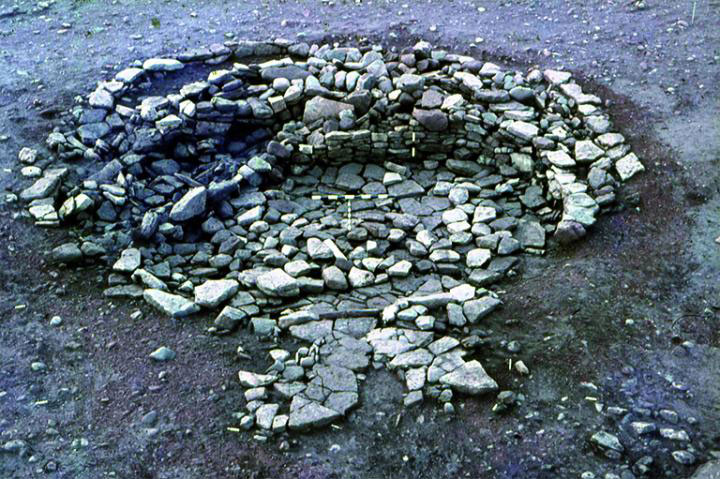Where are the Foreigners of the First International Age?
A new study published in PLOS ONE reports genetic and oxygen and strontium isotopic data for individuals buried at Alalakh, finding little evidence for the foreigners mentioned in texts.
“Sports and Games in the Ancient Mediterranean and Near East” Editorial Seminar
Workgroup to be gathered for editorial meetings resulting in the production of an edited volume on ancient sports and games.
The mysterious tomb of Dara reconsidered
Researchers Franck Monnier and Rémi Legros have reviewed the existing evidence.
Nature in Art. The Case of a Byzantine Manuscript
The exhibition hosted in the Holy Patriarchal and Stavropegic Monastery of Vlatades in Thessaloniki, presents the manuscript of Dioscoridou Botanike.
Solving of National Gallery theft
The paintings by Pablo Picasso and Piet Mondrian have been recovered and the theft’s perpetrator arrested.
Burial monument of Amphipolis ready to be visited by 2022
Last Friday, Minister of Culture and Sports Lina Mendoni inspected the works being carried out at the Kasta Tomb in Amphipolis.
1.8 million dollars for a painting by Winston Churchill
Churchill had kept this landscape for 40 years, before giving it to his friend Aristotle Onassis in 1961.
How humans brought change to a tropical paradise
After centuries of human impact on the world’s ecosystems, a new study from Flinders University details an example of how a common native bee species has flourished since the very first land clearances by humans on Fiji.
Rare Toulouse Lautrec under the hammer
The painting "Une opération par le Docteur Péan à l'Hôpital International", a work of 1891, depicts an operation in a Paris hospital.
Research finds ‘Fool’s Gold’ not so foolish after all
Curtin University research has found tiny amounts of gold can be trapped inside pyrite, commonly known as ‘fool’s gold’, which would make it much more valuable than its name suggests.
New findings unveil a missing piece of human prehistory
A research team sequenced the ancient genomes of 31 individuals from southern East Asia, thus unveiling a missing piece of human prehistory.
New fossil discovery from Israel points to complicated evolutionary process
Analysis of recently discovered fossils found in Israel suggest that interactions between different human species were more complex than previously believed.
3,000-year-old shark attack victim found by Oxford-led researchers
Oxford-led researchers reveal their discovery of a 3,000-year-old victim – attacked by a shark in the Seto Inland Sea of the Japanese archipelago.
The Night Watch is complete again
Several sections were cut from the painting in the past. The Operation Night Watch team has successfully recreated these missing pieces, which have now been mounted around Rembrandt’s world-famous work.
Inspection of the Idaean Cave
The damage caused by winter weather and the passage of time in the Idaean Cave was recorded by employees of the Ephorate of Palaeoanthropology and Speleology.
€2.9 million for a replica of the Mona Lisa
"Hekking's Mona Lisa", whose owner insisted for years that it was Leonardo da Vinci’s original painting.
Tiny ancient bird from China shares skull features with Tyrannosaurus rex
Fossil skeleton of a tiny extinct bird fits in the palm of the hand and preserves a unique skull with a mix of dinosaurian and bird features.
Being Anglo-Saxon was a matter of language and culture, not genetics
A new study from archaeologists at University of Sydney and Simon Fraser University in Vancouver, has provided important new evidence to answer the question: Who exactly were the Anglo-Saxons?
Theban Mapping Project Coordinator job position
The successful candidate will be responsible for the project's content planning and development.
Pompidou Centre’s iconic “caterpillar” has been renovated
The emblematic “caterpillar” of architect Renzo Piano’s 1977 futuristic building allows visitors to “discover” old Paris.
Did the ancient Maya have parks?
A first-of-its-kind DNA analysis finds trees and wild vegetation grew around reservoirs in Tikal.
New genus and species of fungal parasite
Oregon State University research has identified the oldest known specimen of a fungus parasitizing an ant, and the fossil also represents a new fungal genus and species.
Exploring Late Antique urbanism in the Southern Caucasus
The conference will be held 21-22 October 2021, and it is possible to attend in person (Aarhus, Denmark) or virtually.
Tradition of keeping mementos dates back at least 2,000 years
Holding onto everyday items as keepsakes when a loved one dies was as commonplace in prehistory as it is today, a new study suggests.
